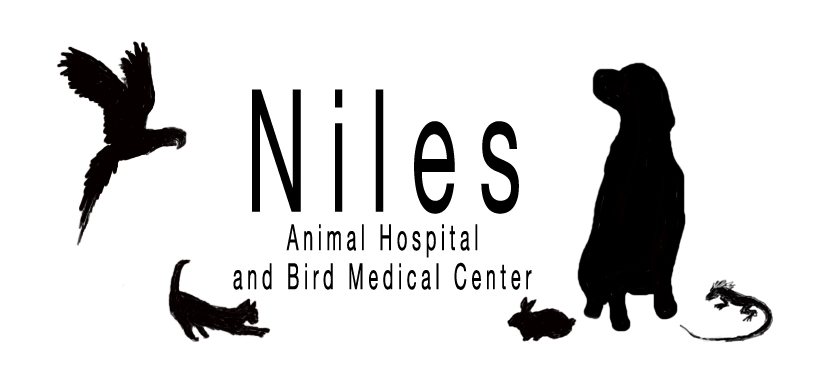Driving with pets increases crash rates
This week: more developments in the battle against distracted driving.
The Ontario Government states that distracted driving is cited as a causal factor in 30 to 50 per cent of traffic collisions and pedestrian fatalities. Distracted driving is blamed in more than 10 per cent of all U.S. highway fatalities, according to the U.S. National Highway Traffic Safety Administration (NHTSA).
The problem is people fussing with their phones, e-mailing or texting when they should have their eyes on the road. Well, here’s another distraction that I have personally noticed countless times, but now there’s some data that backs up my suspicion. Simply put, pets in cars increase crash rates.
According to NHTSA, drivers should never take their eyes off the road for more than two seconds at a time. A moving pet, especially in the front seat, can cause a driver to do exactly that. I recently saw a woman barrelling down our street with a small dog in her lap with its head stuck out the window. Often times, I see a large dog sitting in the front passenger seat as a car roars past.
An animal loose in the front seat should automatically result in the driver getting the $155 distracted driving fine.
If a dog or cat gets startled and moves suddenly, it stands a good chance of causing the driver to lose control of the vehicle. “Adding another distracting element, especially an active, potentially moving animal, provides more opportunity for an older driver to respond to a driving situation in a less-than-satisfactory way,” said McGwin.
There may not be laws to keep pets out of the front seat, but there are lots barring motorists from texting or using hand-held devices while driving. A number of auto makers have been adding supposedly safer voice-to-text features to their vehicles and I have tried many of them.
Sometimes the voice recognition system works fine if you tell it to turn up the heat or change the radio station, but plenty of times it doesn’t. It shouts back at you, “Invalid Command” or some such phrase and tells you to try again. Sometimes it will list a bunch of “valid” commands and tell you to choose one. Some systems display the valid commands and you take your eyes off the road to read them. Most of the time, I yell back at the damned system or start pushing buttons on the touch screen; in either case, I’m seriously distracted.
Well, now there’s a new study by the Texas Transportation Institute (TTI) that warns that this hands-free voice recognition technology is just as likely to leave drivers distracted and at risk of a crash as monkeying with your cellphone. Despite being billed as a safer alternative, the new study indicates that texting in any form is a dangerous distraction.
The study took 43 licensed drivers between the ages of 16 and 60 and sent them driving on a closed course four times. They were asked to drive once while focusing on the road, once while texting manually, and then once each using an iPhone voice-to-text app and an Android phone using voice-to-text.
“Results indicate that driver reaction times were nearly two times slower than the baseline condition, no matter which texting method was used,” according to TTI’s Christine Yager. It’s interesting to note that the drivers perceived the voice-operated systems to be safer, but the study showed driving performance suffered equally. In fact, in some cases, manual texting actually took less time to complete.
As I have discovered, voice-to-text technology isn’t perfect and, when you start arguing with the thing, you are taking your concentration off the road. If the dog starts barking, too, you’ve got a real problem. The U.S. National Transportation Safety Board has outlined an aggressive campaign to eliminate most high-tech distractions from the automobile, including not just Bluetooth systems but most on-board navigation devices.
The battle over the safety of voice-based systems is just getting started.
